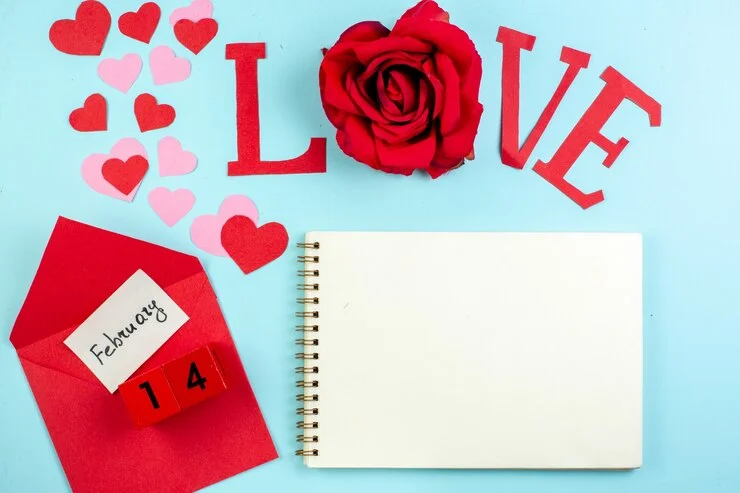The Ultimate Guide to Valentine’s Day Cards
Valentine’s Day is celebrated each year on February 14th as a time to exchange romantic gestures and celebrate love, whether that’s for a significant other, friend, or family member. An integral part of this holiday is valentine’s day cards, which have a long history and come in many styles. This article will explore the origins of Valentine’s cards, the different types you can choose from, etiquette guidelines, and creative ideas for picking out or even making your own cards.
History and Origins of Valentine’s Day Cards
Valentine’s cards have been exchanged for hundreds of years. They originated from the stories of St. Valentine in the 5th century. At that time, Valentine’s greetings were written poetically or as sweet notes between couples. In the early 19th century, advances in printing allowed the first commercial valentines to be produced.
Mass production of Valentine’s day cards really took off during the Victorian era in the 1840s. Cheaper postage rates also contributed to cards becoming a popular way to convey romantic feelings. Today, over 145 million valentines are sent in the United States annually, making it the second largest card-sending holiday after Christmas.
Different Types of Valentine’s Day Cards
There are many styles of valentines cards to choose from:
- Paper cards – Traditional cards made of paper, folded or flat. Paper choices include cardstock, construction paper, origami paper, or parchment.
- Digital cards – E-cards or animations sent online through email or social media. Digital cards are easy, instant, and better for the environment.
- Romantic cards – Cards with love poems, sweet messages, or photos for spouses and significant others.
- Friendly valentines – More general cards exchanged between friends, coworkers, classmates, and other platonic relationships.
- Humorous cards – These cards feature jokes, silly puns, or pop culture references perfect for making someone laugh.
- Homemade cards – Handmade valentines crafted from art supplies or recycled items. Kids especially enjoy making their own cards.
Valentine’s Day Card Etiquette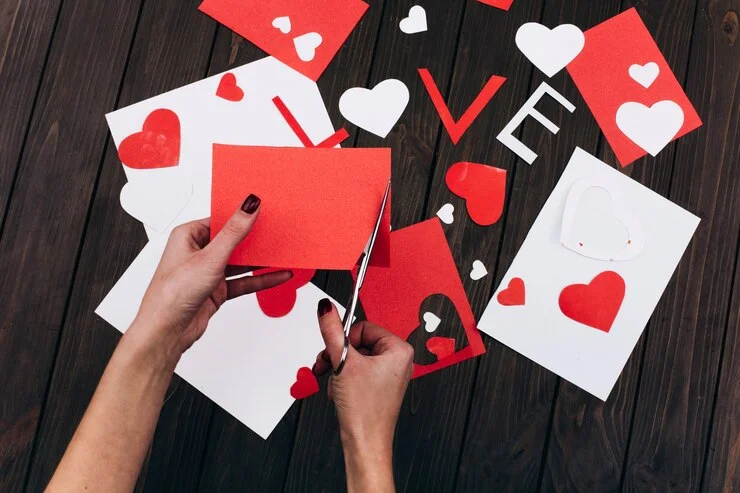
To avoid any awkwardness or hurt feelings, it’s important to follow proper etiquette when giving out valentines:
- Give romantic cards only to a significant other, spouse, or someone you are dating. Do not assume romance where there is none.
- Sign your name unless you want to be anonymous. Anonymous cards can be exciting but avoid sending them to people who are not your valentine to prevent confusion.
- Reciprocate if necessary – If you receive a heartfelt romantic card from someone, you should send one back unless you want to gently turn them down.
- Tailor cards to the relationship – Simple friendship cards are better for coworkers, platonic friends, children, and family members.
- Give kid valentines to the whole class or friend group, not just special kids. No one should be left out on Valentine’s Day!
Choosing the Best Valentine’s Day Card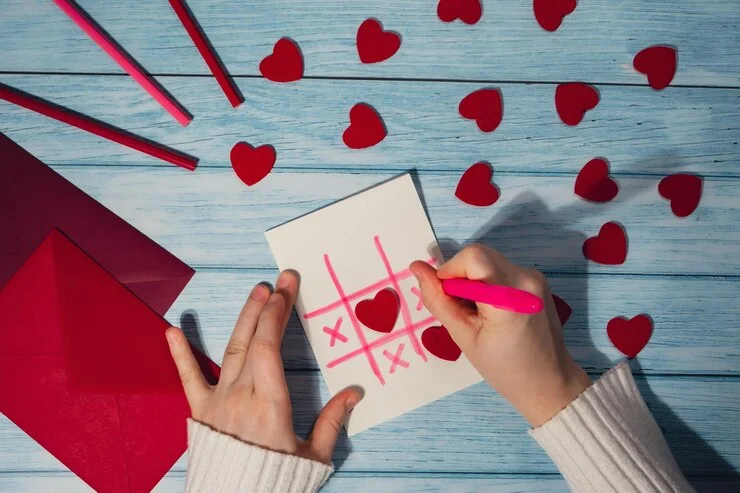
Picking out the perfect valentine comes down to a few considerations:
- Consider your valentine’s age – Cards for teenagers or seniors may have different humor or romantic styles.
- Think about inside jokes or favorite things to incorporate as an extra personal touch.
- Select romantic vs. friendship themes depending on your relationship.
- Find their sense of humor – Is your valentine more silly or sarcastic? Look for the right comedic style.
- Observe their unique personality and tailor your card to who they are. The more personal, the better!
- Set a budget – Homemade and simple cards can be just as thoughtful. No need to overspend on an elaborate or fancy card.
Ideas for Making DIY Valentine’s Day Cards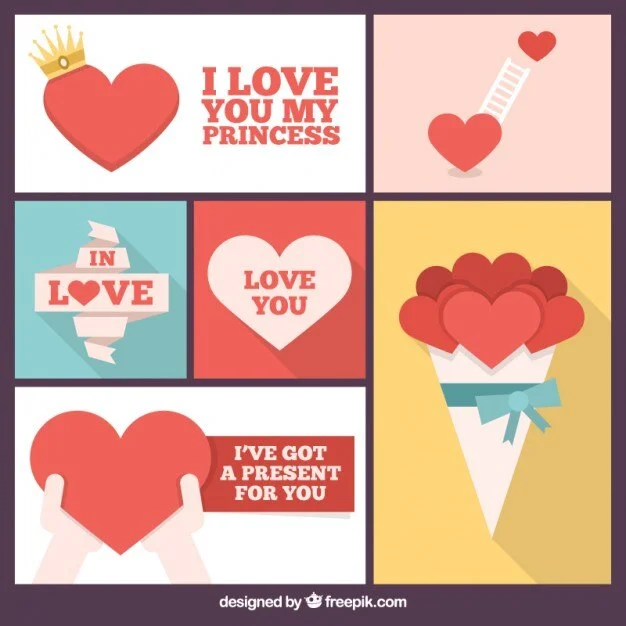
Crafting a homemade Valentine card adds a thoughtful touch. Some DIY ideas include:
- Paper folding/origami – Create hearts, flowers, or custom shapes with folded paper.
- Decorated paper cards – Glue on sequins, buttons, ribbons, or artwork to customize a store-bought card.
- Photo valentines – Turn favorite photos into a collage card using scissors or apps.
- Edible Valentine – Make card-shaped cookies, cakes, or candies. Wrap in cellophane to give.
- Recycled cards – Cut and glue bottle caps, buttons, fabric scraps, or other recycled bits into card designs.
- Digital cards – Many apps help craft e-cards by adding stickers, animations or filters to photos.
Valentine’s Day Card Giving Ideas
Look for fun ways to give out your Valentine’s greetings with these ideas:
- Hand out valentines to all classmates or coworkers with candy and small trinkets. This ensures no one feels left out.
- Pair a card with flowers, jewelry, candy, or other relevant Valentine’s Day gifts.
- Coordinate card motifs with gift wrapping paper for a pulled-together presentation.
- Mail valentines early so long-distance loved ones receive them by February 14th.
- Hide secret valentines around the house or in a scavenger hunt for extra excitement.
Valentine’s cards have truly stood the test of time over the centuries. With so much variety in messaging, designs, and mediums, it’s easy to find the perfect way to share love and happy wishes this February 14th. Follow holiday etiquette, add a personal touch, and spread the love to all your special valentines in your life.
Valentine’s Cards for Romantic Partners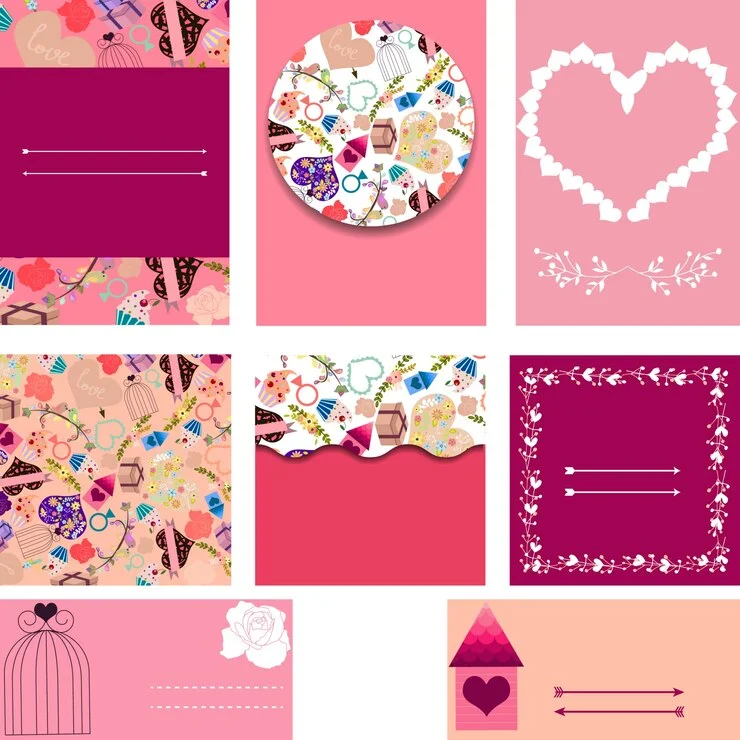
If you really want to wow your significant other or spouse this Valentine’s Day, pick out a thoughtful romantic card just for them. Here are some tips:
- Select a card with a sincere love poem or romantic quote about lasting love. Short and sweet is ideal.
- Look for beautiful abstract watercolor designs in pink and reds rather than generic roses.
- Add an inside joke or special memory unique to your relationship.
- For a married couple, give a paper anniversary card for the number of years together.
- Photo collage cards are perfect for reminiscing about your happiest moments as a couple.
Friendly Valentine’s Day Card Ideas
While romantic partners deserve special Valentine’s Day cards, don’t forget about all the other lovely people in your life! Galentines, pals, coworkers, and family members will appreciate these friendly card ideas:
- Puns and plays on words make fun cards to give to friends, like “Thank you berry much!” and “You’re so koala-fied!”
- Never underestimate a good meme or pop culture reference – friends will laugh at a card with their favorite show or musician.
- Heartfelt messages of friendship and appreciation are always welcome, no romance is needed.
- Group anniversary cards for the number of years you’ve been friends are a thoughtful gesture.
- Humorous cards featuring funny animals, jokes, or comics make a coworker’s day brighter.
Making Valentines with Kids
For many kids, the best part of Valentine’s Day is decorating and exchanging cards with their classmates. Here are some tips:
- Provide stickers, markers, stamps, and other fun embellishments for kids to personalize store-bought cards.
- Craft homemade cards using construction paper, doilies, glitter, and pipe cleaners. Keep some pre-made templates on hand.
- Have kids handwrite short friendship messages like “You’re A-MAZE-ing!” or “You Rock!” to classmates.
- Teach children classmate etiquette – make a card for each child, not just special friends.
- Decorate Valentine bags or boxes at home for kids to collect their cards at school parties.
The most meaningful valentines are those made from the heart. With a little guidance, kids will have a blast spreading the love at school.
Unique and Quirky Valentine’s Cards
For those who want something a little more unusual for February 14th, check out these delightfully weird and funny Anti-Valentine’s Day cards:
- Punny cards like “Olive You” with a martini glass full of olives.
- Math and science pickup lines like “If you were sine squared and I was cosine squared, together we’d be one!”
- “Nerd culture” valentines featuring Star Wars, Pokémon or superheroes.
- “Sorry, I gave you the cold shoulder” with a toy stuffed snake attached.
- “Passive-aggressive” anti-valentines for recent exes or annoying coworkers.
- Cards for pets and animals – “You drive me batty!” for a bat, etc.
- “Dark humor” cards for those who lost
FAQs :
I’m not crafty, can I still make DIY cards?
Absolutely! Use simple materials like construction paper, glitter, paint, or washi tape. There are also plenty of printable templates available online.
Where can I find inspiration for card designs?
Pinterest is a goldmine! Check out online shops or blogs dedicated to DIY cards. Be inspired by nature, holidays, or hobbies you share with your partner.
What tools and materials do I need?
Basic papercraft supplies like scissors, glue, stickers, and pens are a good starting point. You can also use stamps, stencils, or fabric scraps for unique textures.
How can I make my card personalized?
Include inside jokes, references to special memories, or a handwritten message using calligraphy or fancy lettering.
Do I need special equipment for printing?
Not necessarily! Many home printers can handle heavier paper or cardstock. Alternatively, print on regular paper and attach it to a pre-made card.
What should I write on the card?
Keep it heartfelt and personalized! Share a specific memory, express your love and appreciation, or write a short poem or song.
What if I’m not good at writing?
Don’t worry! Use quotes, song lyrics, or even inside jokes to express your feelings. You can also find inspiration online or in card shops.
Is it okay to be funny or lighthearted?
Of course! If humor is your love language, write a funny message or an inside joke. Just make sure it’s appropriate for your partner.
What should I avoid writing?
Clichés, generic phrases, and anything that’s not genuine to your relationship. Avoid overcomplicated language or inside jokes they might not understand.
Can I write different cards for different people?
Absolutely! Tailor your message and design to each recipient’s personality and your relationship with them.
I’m on a tight budget, what can I do?
DIY cards are incredibly budget-friendly! Use recycled materials, repurpose old greeting cards, or simply write a heartfelt message on a beautiful piece of paper.
Bonus Tip: Encourage your readers to share their own Valentine’s Day card ideas and creations in the comments section. This can foster a community around your article and inspire others.
